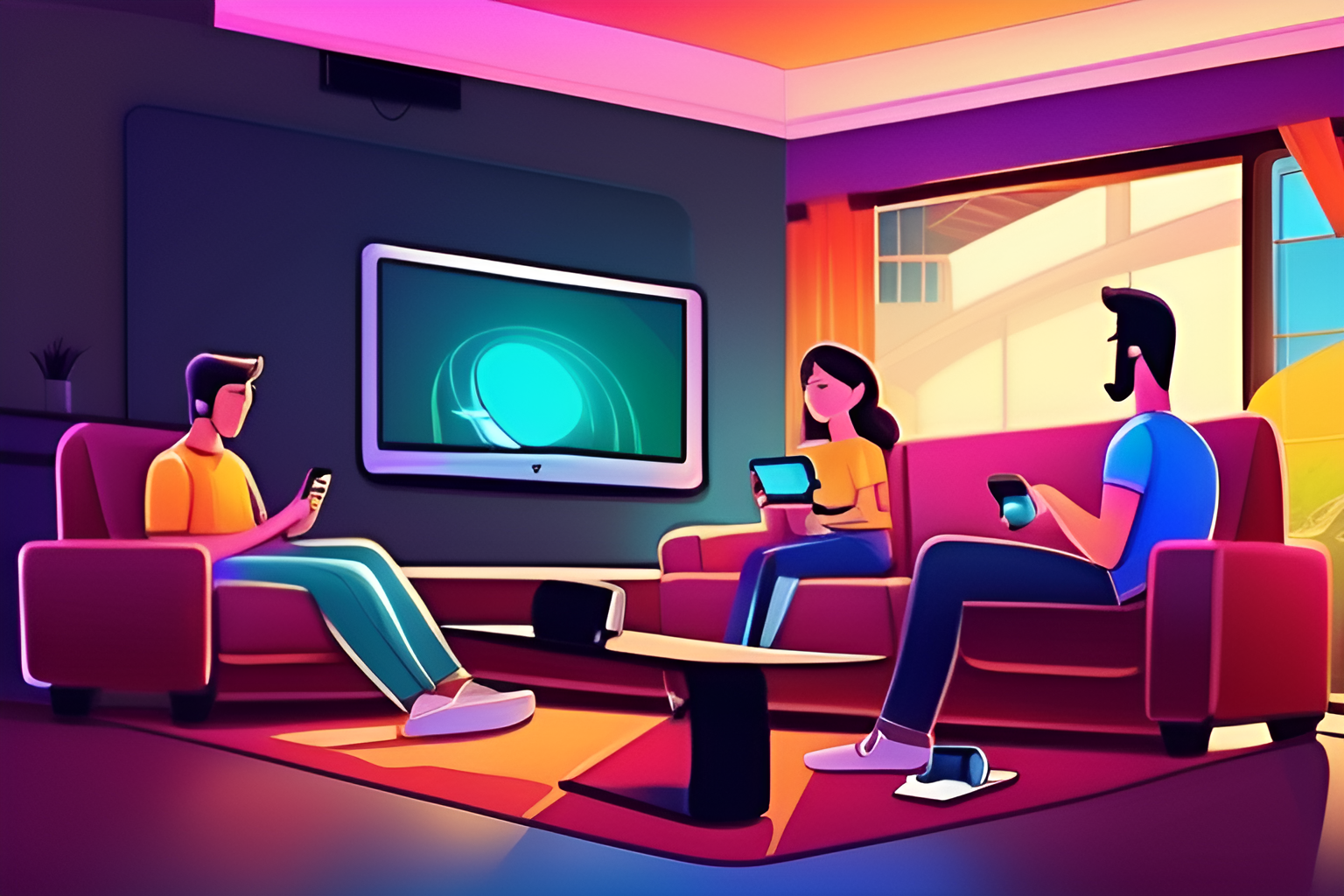With this year’s iOS17 and iPhone 15, the improvements aren’t exactly life-changing: a Standby mode that adds a bunch of dim widgets when the phone is statically charging; more customization options for widgets overall across the lock screens, notification areas, and even on macOS; assorted additional settings for end users; grab bags of features for Apple’s apps aggregated for the annual release. To be fair, though, this year’s software update was not expected to contain major changes, given that the company is likely focused on next year’s Vision Pro launch.
A decade ago, the advent of the phone and its superseding of the personal computer forced application developers to shift from building programs for a single system, to building apps for multiple devices with user data syncing seamlessly between them1. An app would have native iOS and Android apps, a single-page web app, and perhaps Electron-powered Windows and macOS apps for ease of access. There are also a couple of niche devices that sometimes get their own apps as well: iPads, Android tablets, the Apple Watch, TVs, cars2—essentially, anything that has an app store is meant to provide an interface to your underlying set of data.
Poking my way through the phone, there are now several separate interfaces within the phone itself that app developers have to build for, displays for the lock screen, widgets of different sizes now supporting interactions, live activities residing in the dynamic island, etc. And while Apple has been the most aggressive in extending app footprints like this, there’s an analogous expansion for websites: dark mode support, theme colors, iOS and Android-specific icons, and of course multiple screen sizes and tap/touch/click targets plus keyboard and cursor navigation.
The foundational phenomenon driving this proliferation of interface is the explosion of customer platforms. Most OS and hardware vendors—and even a handful of software ones, like WeChat and Google Chrome via its extensions—figured out that app stores are a great business with 30% toll charges, and spent the last decade building out the integrations necessary to stand up their software platforms. App developers have generally been receptive, both because the increased reach compensates for the additional development time, and because most of these platforms aren’t at the scale of Apple’s App Store to fully enforce their gargantuan commission.
As an end user, I wonder if we’re at peak app interface right now. Not only does it seem unsustainable for developers to keep maintaining their apps across all these permutative views of their data, but it’s not even clear that users want to deal with the complexity of accessing their apps differently across their devices. I’m also banking on many of these app platforms to fizzle away over time: already, a handful of car manufacturers have given up and surrendered their infotainment systems to Android Automotive. Meanwhile, voice assistants have made good progress these last few years in providing easier—and more forgiving—interactions. And of course, AI may further consolidate how we work with computing devices.
Maybe it can even help me trim the sheer amount of phone…interface.
It took several years for the OS vendors to get their acts together, but it’s a commodity at this point and the custom app-specific syncing solutions feel more like legacy systems.↩
My Volvo had an app store in it back in 2015, though it started and stayed sparsely populated.↩


